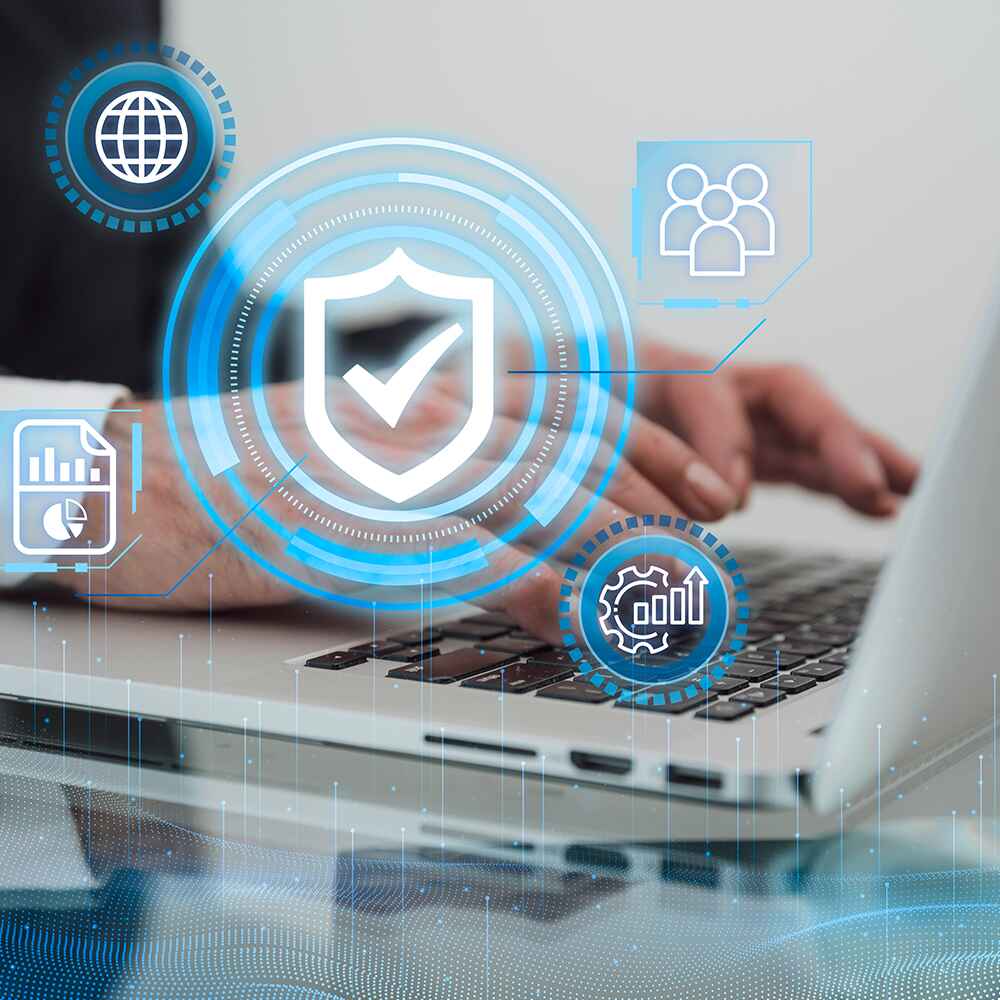Description
This course is in preparation for the PMI Risk Management Professional (PMI-RMP) exam. PMI’s Risk Management Professional (PMI-RMP) credential is a solution to project management’s increasing growth, complexity, and diversity. Globally recognized and demanded, the PMI-RMP fills the need for a specialist role in project risk management. This certification recognizes the professional’s unique expertise and competency in assessing and identifying project risks, mitigating threats, and capitalizing on opportunities, while still possessing a core knowledge and practical application in all areas of project management.




















Reviews
There are no reviews yet.